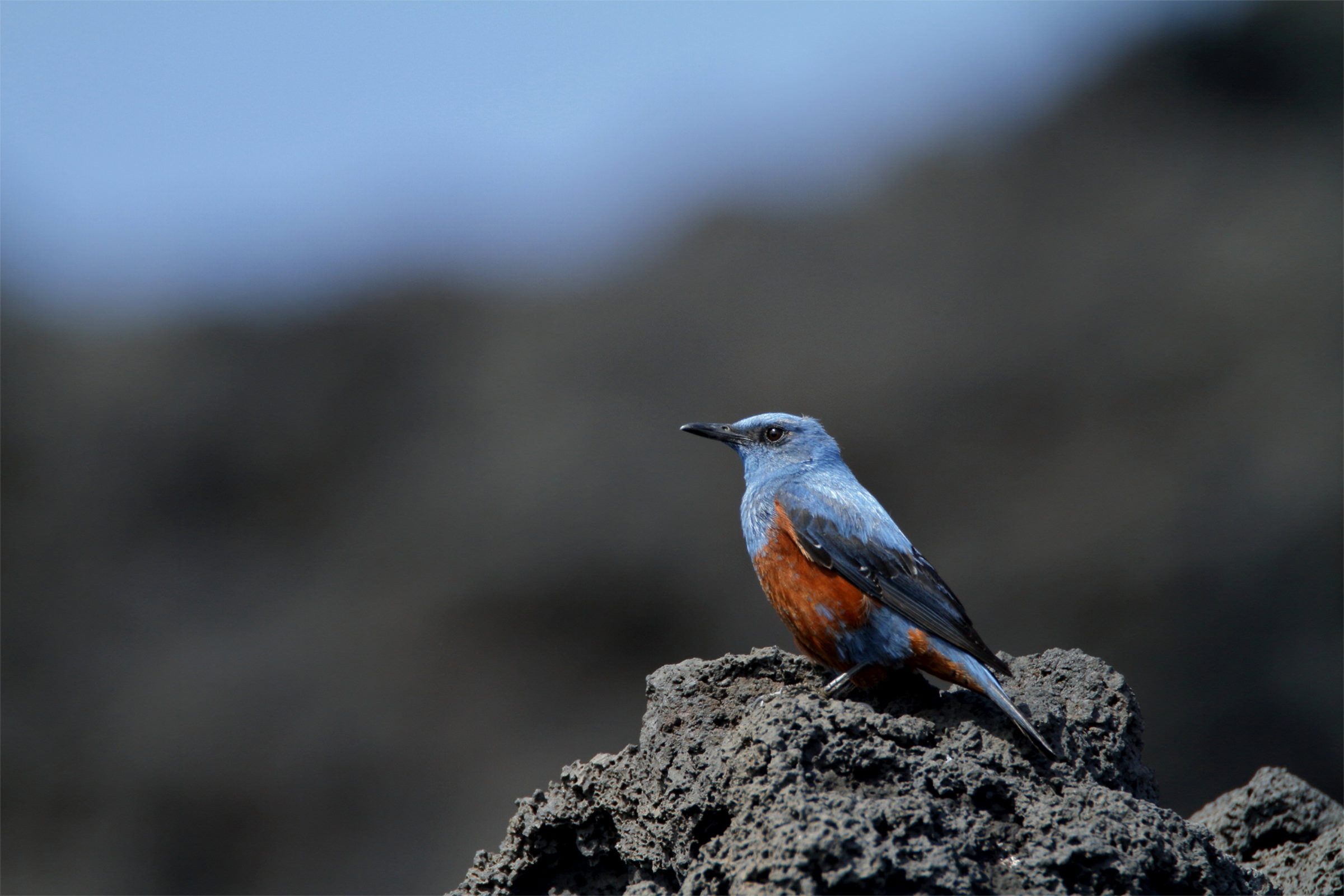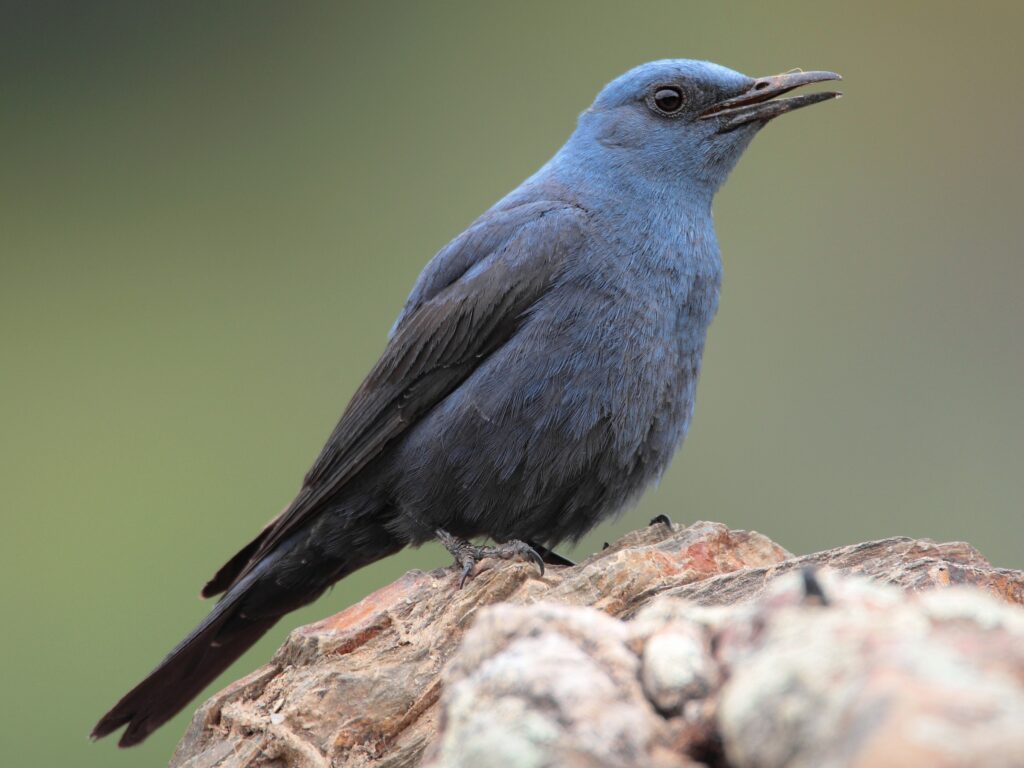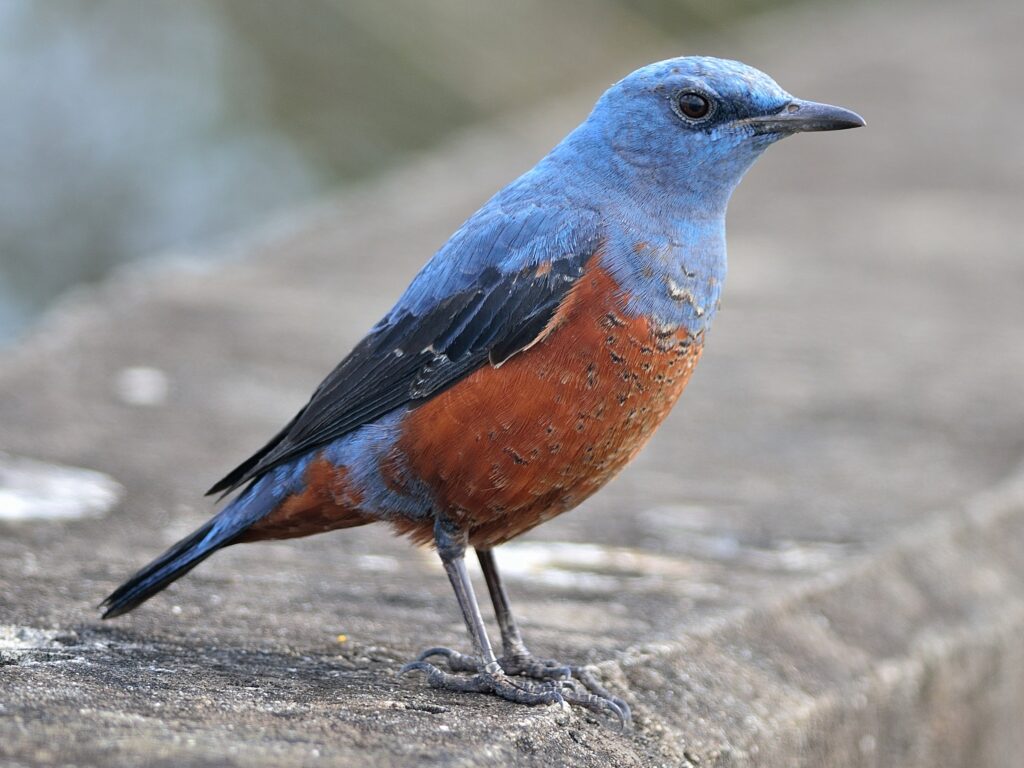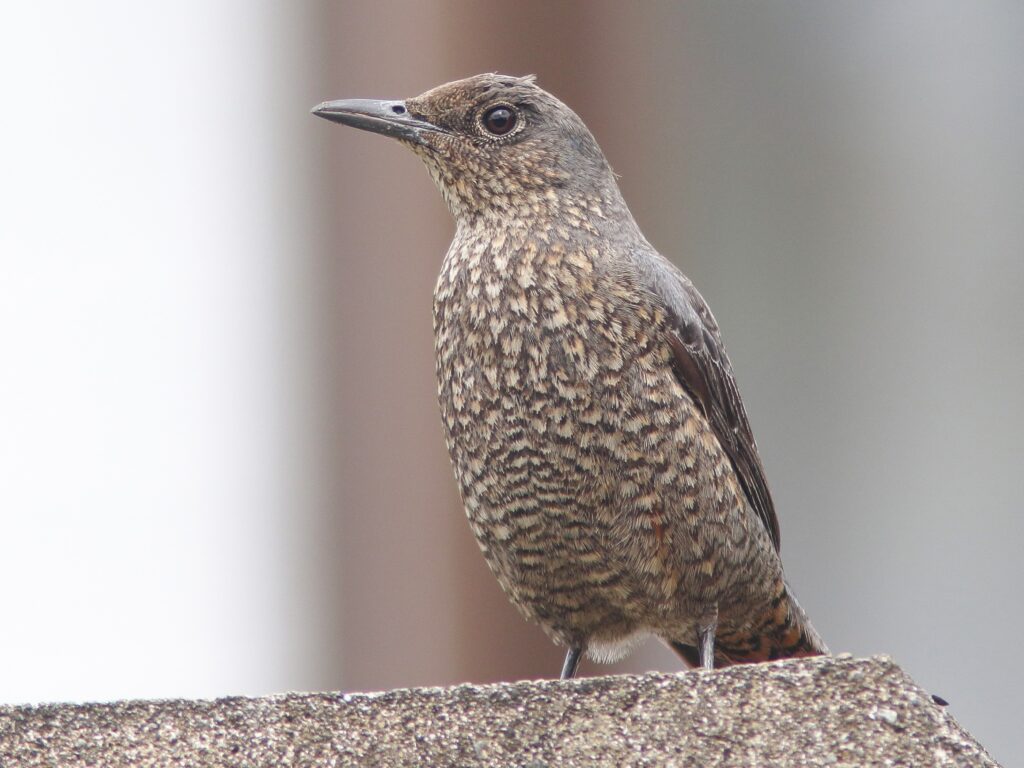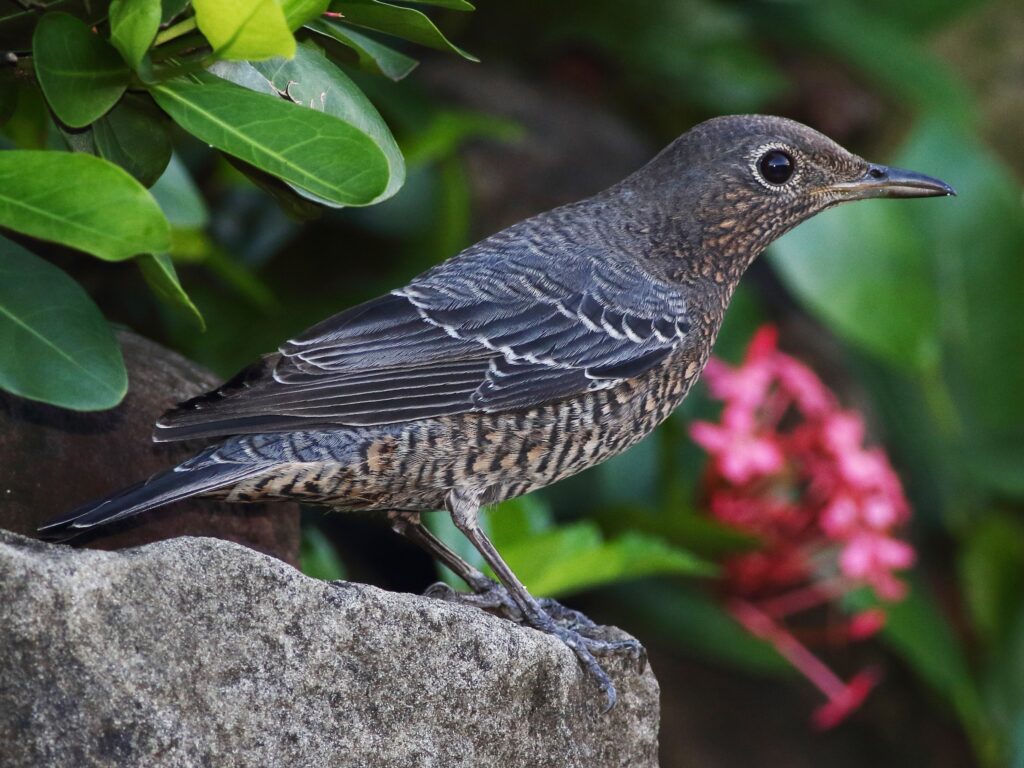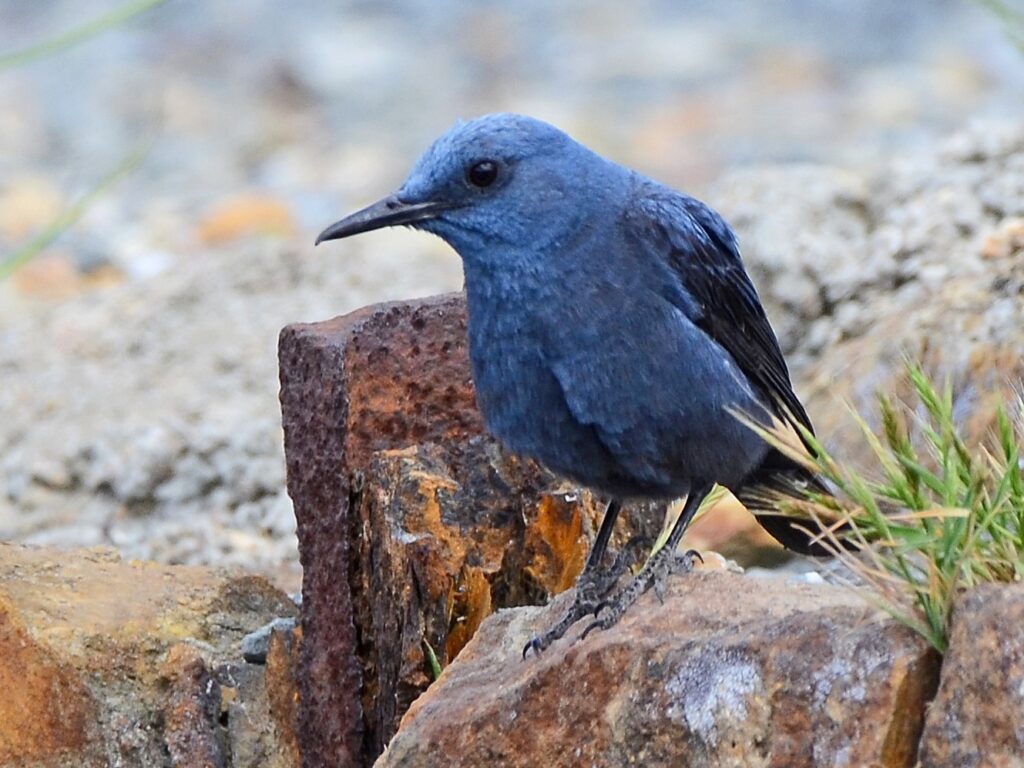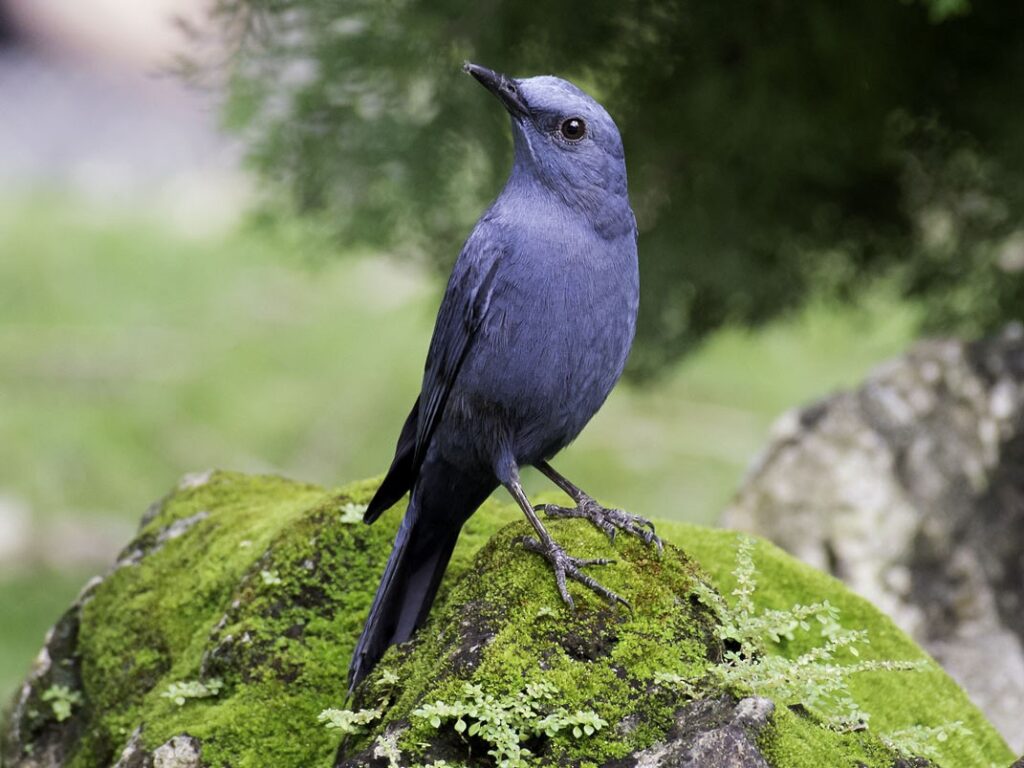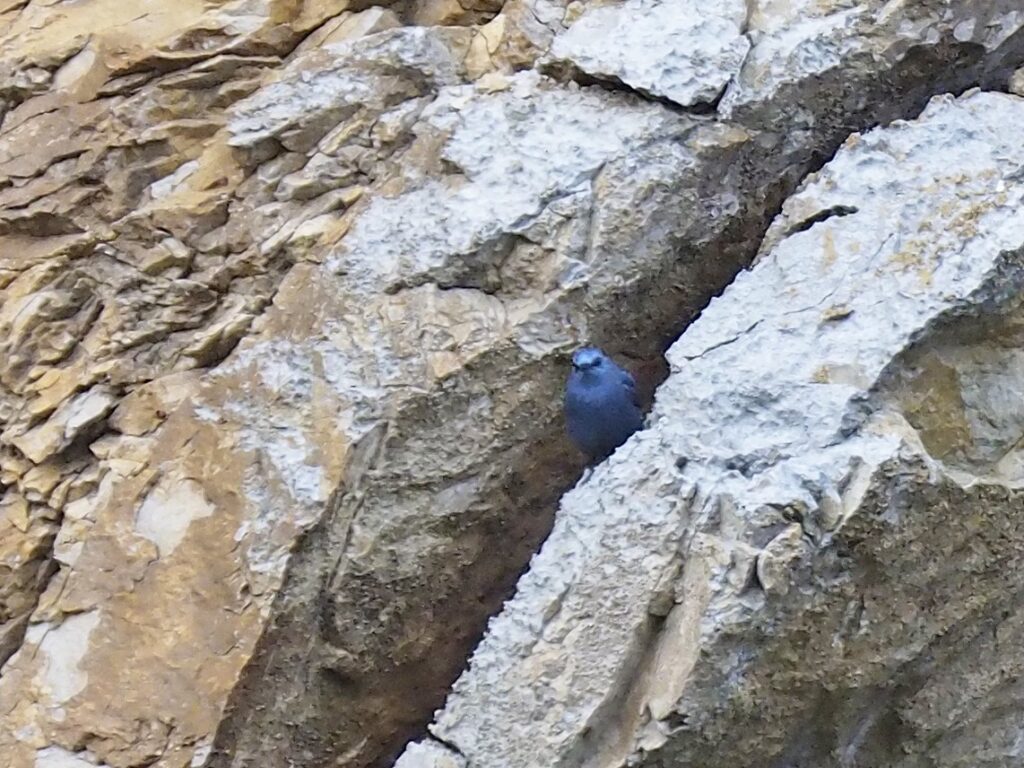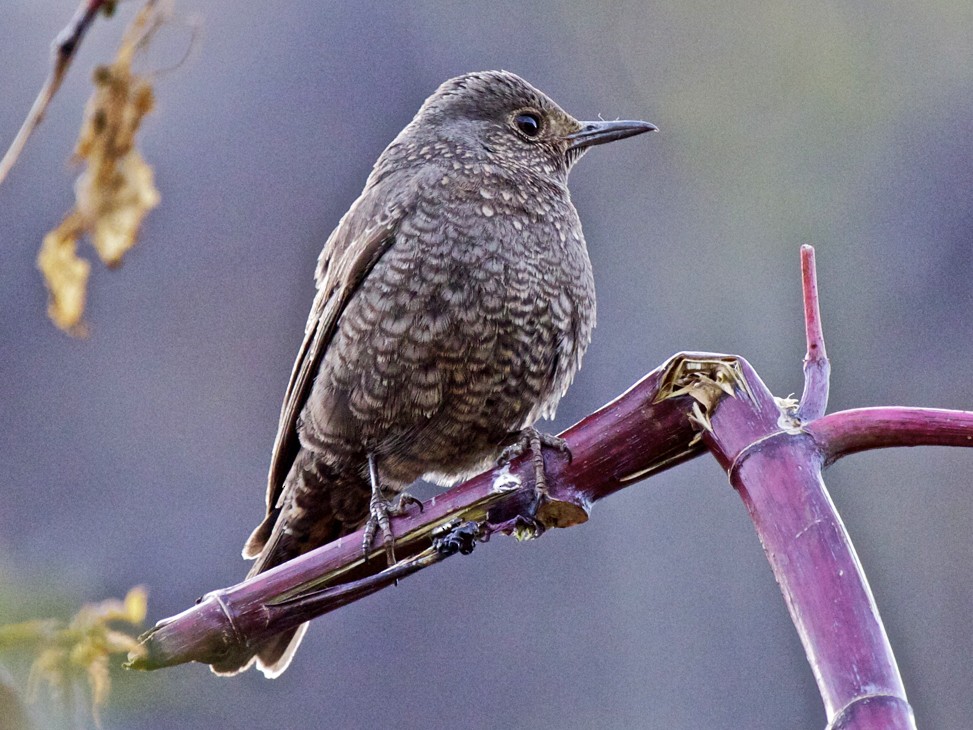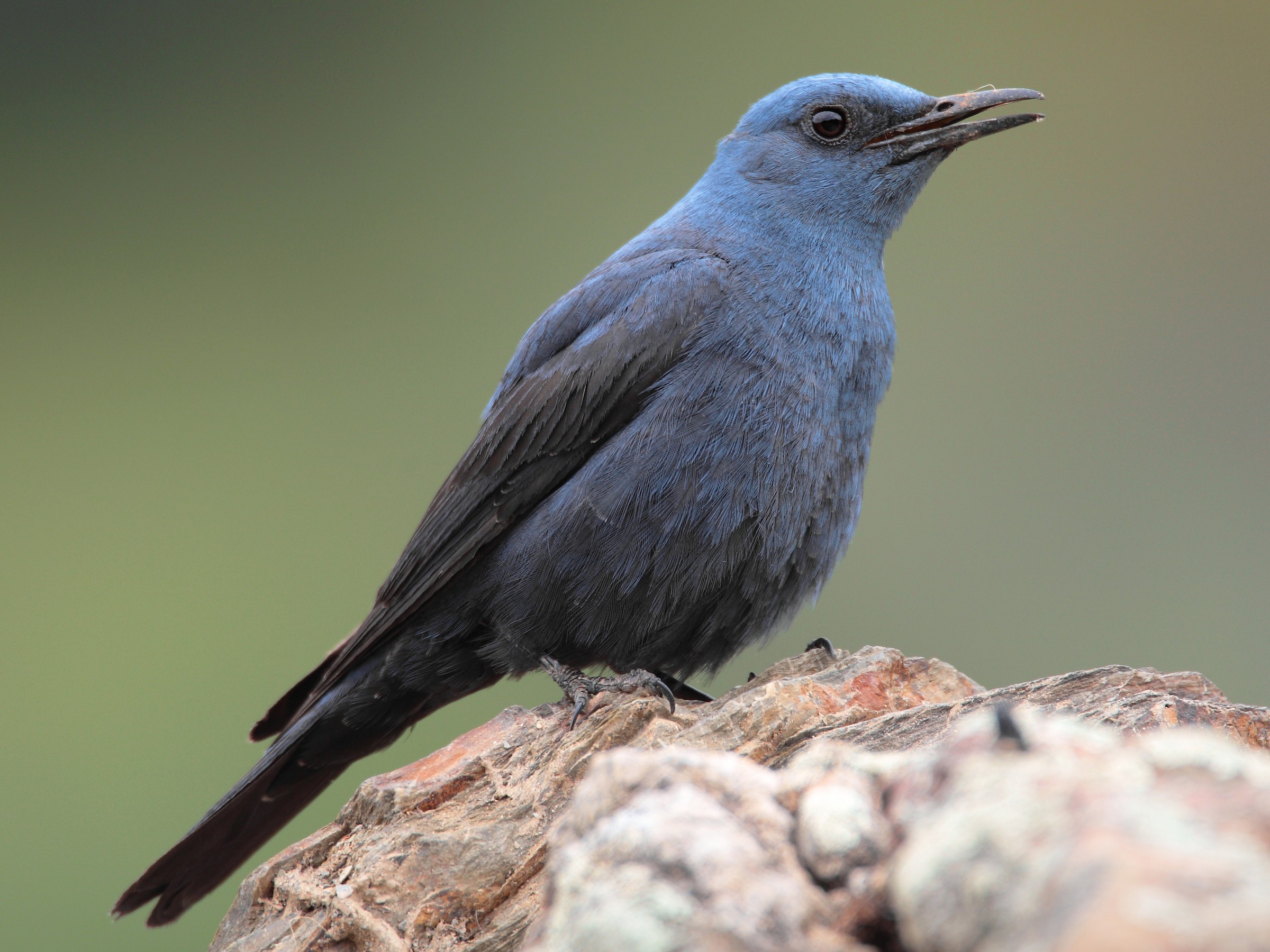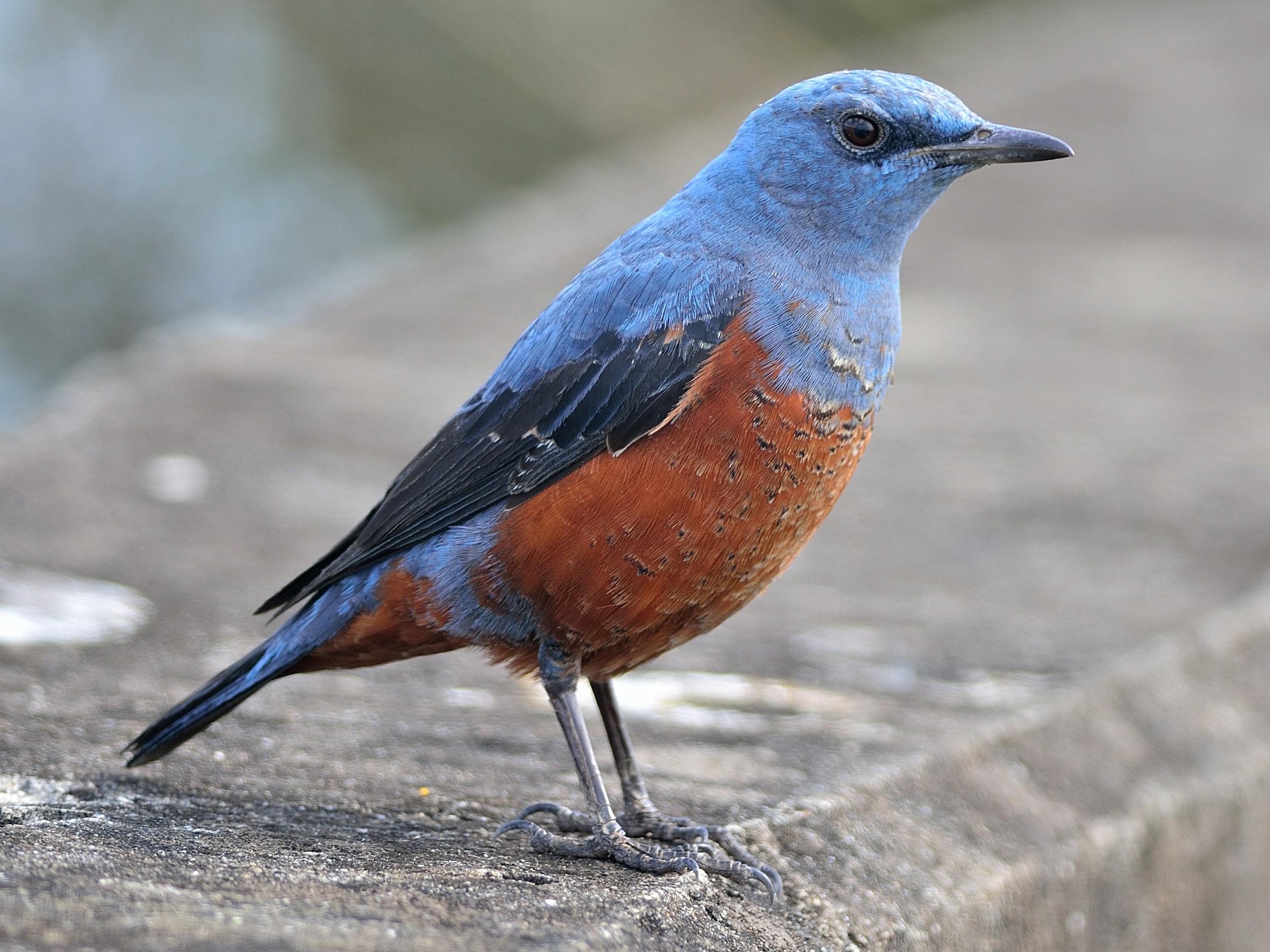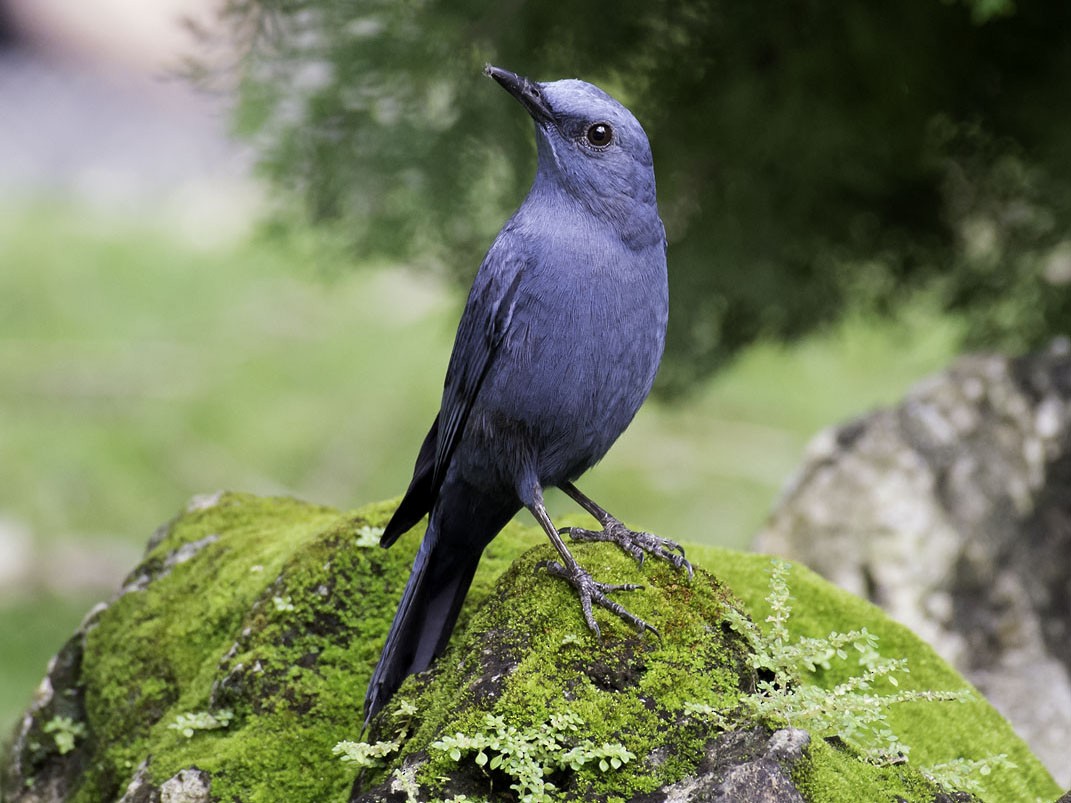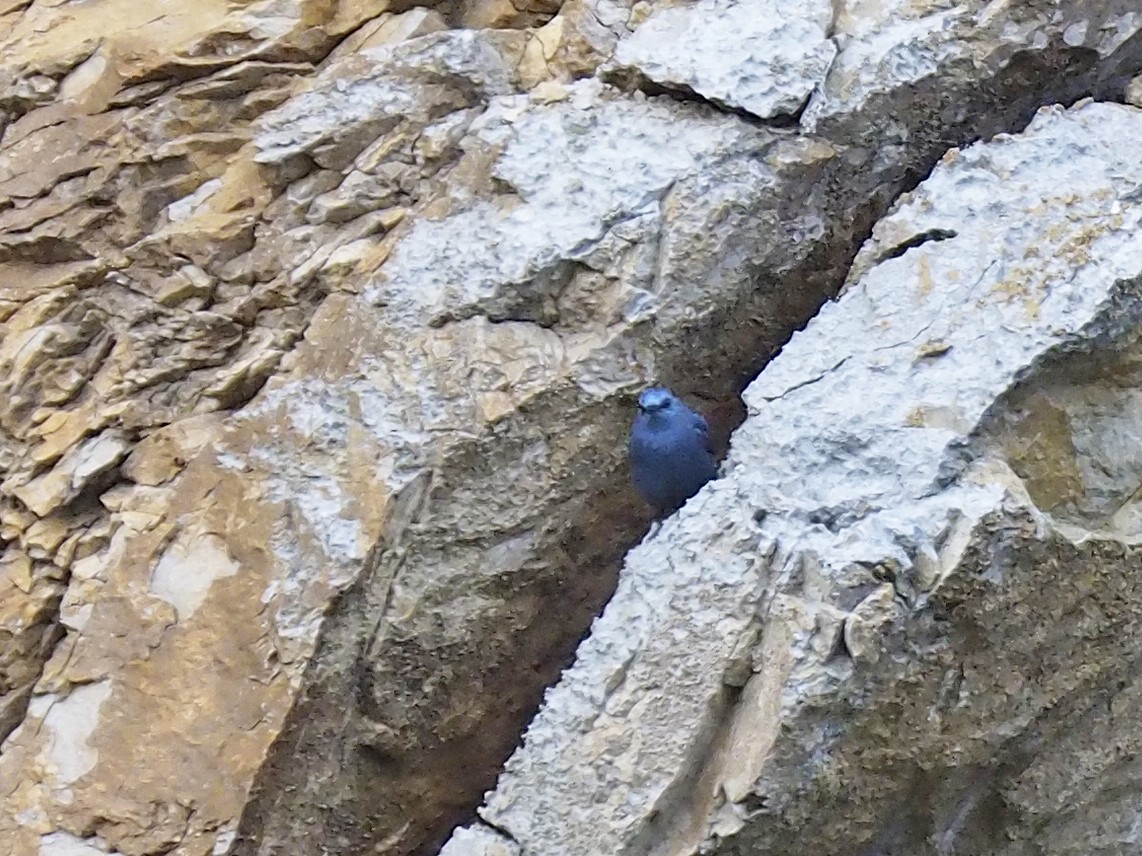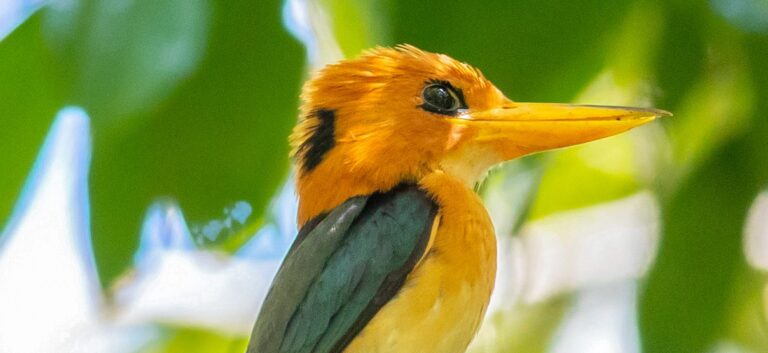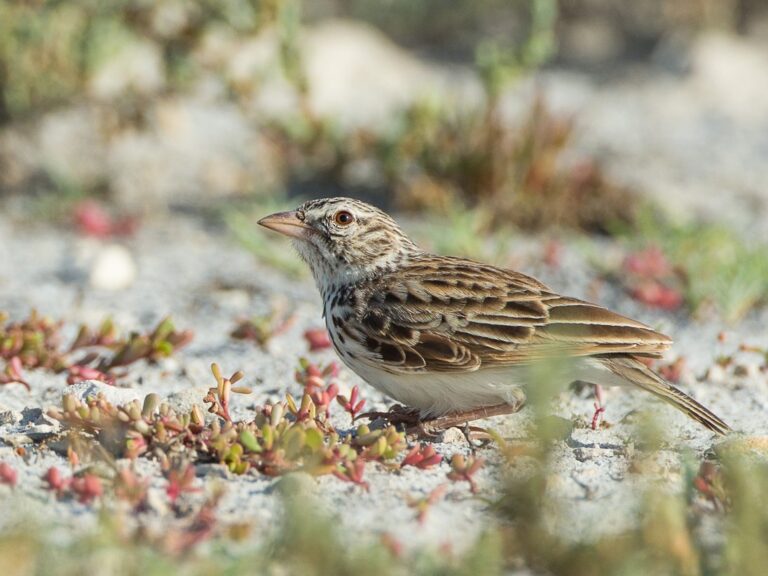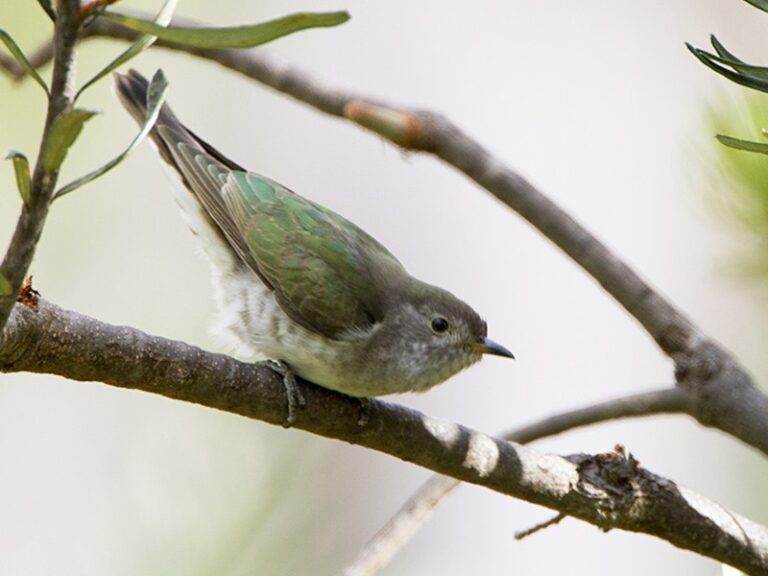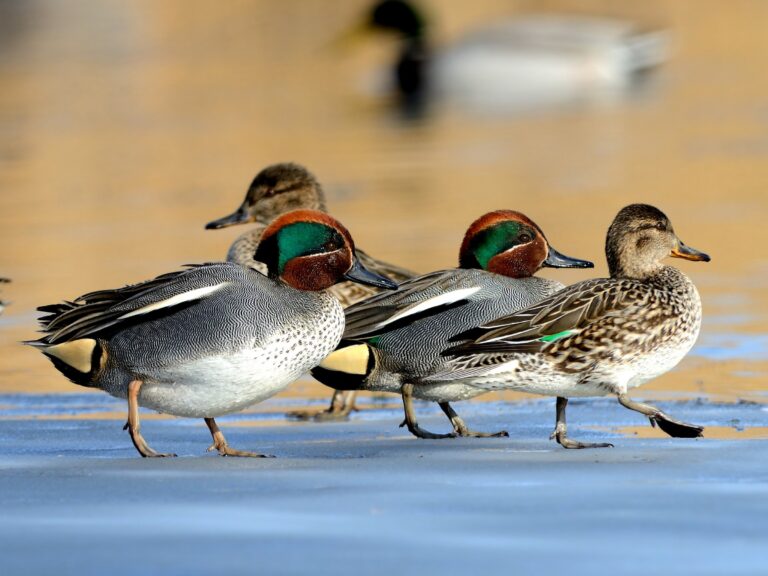Blue Rock-Thrush: The Stunning Songbird of Rocky Landscapes
The Blue Rock-Thrush, known scientifically as Monticola solitarius, is a captivating bird belonging to the Muscicapidae family. This bird is recognized for its striking colors and melodious songs, making it an enchanting sight for bird watchers and nature enthusiasts alike. Found in various habitats around Europe, Asia, and the northern parts of Africa, the Blue Rock-Thrush thrives in rocky areas, open woods, and urban environments, showcasing its adaptability.
Behaviorally, the Blue Rock-Thrush is known for its unique feeding habits and migratory patterns. These birds often use open perches to spot insects, which are a primary food source. Migration can vary significantly, with some populations moving to warmer areas during the winter months, while others remain in their breeding territories year-round. Conservation efforts are vital for maintaining healthy populations of this bird as habitat loss poses a threat to its survival.
Key Takeaways
- The Blue Rock-Thrush is known for its vibrant plumage and adaptable nature.
- It exhibits interesting feeding behaviors and distinct migration patterns.
- Conservation efforts are essential for protecting this species and its habitats.
Description and Identification
The Blue Rock-Thrush is a distinct bird species known for its striking appearance and specific plumage features. Identification often hinges on examining the differences between males and females, as well as the variations observed in different life stages.
Plumage Characteristics
The male Blue Rock-Thrush exhibits vibrant plumage that captures attention. He typically has a deep blue body with contrasting dark wings and a reddish-brown patch on the belly. This coloration makes him stand out, especially during the breeding season.
In contrast, the female showcases a more muted palette. Her feathers are generally brown and speckled, providing better camouflage in her environment. Juveniles resemble females, sporting similar dull brown tones but may have more prominent spotting.
During winter, males may show variations in their coloring. This can include a slightly duller blue hue, making them harder to distinguish from females. Their plumage changes help them adapt to seasonal conditions.
Sexual Dimorphism
Sexual dimorphism is quite pronounced in Blue Rock-Thrushes. Males are easily recognized by their bright blue bodies, which serve both as a mating display and a territorial indicator.
Females, being less colorful, have evolved this way for concealment. Their brown, speckled appearance allows them to blend into their surroundings, which is crucial during nesting.
Juveniles add to the complexity of identification. They lack the bright colors of adults, leading to potential confusion. They share the female’s coloration but may have hints of adult plumage as they mature. Notably, this dimorphism plays a vital role in their survival and reproduction.
Habitat and Distribution
The Blue Rock-Thrush thrives in a variety of habitats, showcasing its adaptability. This bird is often found in areas near rocky coastlines and cliffs, where it can nest and forage effectively. Its distribution spans several regions, impacting its interaction with human environments.
Global Range
The global range of the Blue Rock-Thrush extends across parts of Europe, Asia, and North Africa. They are commonly found in countries such as Spain, Italy, India, and China. In addition to these areas, some populations are observed in urban settings, highlighting their ability to adapt to human presence.
During migration periods, these birds may travel to different regions in search of optimal nesting areas. Their presence in Mediterranean regions is notable, where they often favor rugged landscapes. The Blue Rock-Thrush’s ability to occupy both rural and urban locales allows it to maintain a diverse population.
Preferred Environments
Blue Rock-Thrushes prefer environments that offer a mix of rocky terrain and open spaces. They thrive in coastal areas, where cliffs provide excellent nesting sites. These birds are often seen perched on rock ledges, surveying the landscape for insects and small animals.
In addition to natural habitats, they adapt well to urban environments. Cities with buildings that mimic their natural cliff habitats can support their nesting and feeding needs. Their versatility in habitat use makes them resilient to changes in the environment, ensuring their survival across various landscapes.
Key habitats for the Blue Rock-Thrush include:
- Rocky coastlines
- Cliffs
- Urban areas with green spaces
This combination of habitat preferences allows them to flourish in diverse settings.
Behavior and Ecology
The Blue Rock-Thrush exhibits unique behaviors and ecological traits that enhance its survival. They display special feeding habits, distinct breeding practices, and strong territoriality. Understanding these aspects helps in appreciating how this bird thrives in its environment.
Feeding Habits
The diet of the Blue Rock-Thrush is quite varied and includes a mix of insects, fruits, and small invertebrates. They often hunt for insects such as beetles, which provide essential protein. In addition to insects, they enjoy fruits and berries, especially during the breeding season when they need extra energy.
The bird also consumes snails and spiders, showcasing adaptability in diet. Their foraging techniques involve both hunting from elevated perches and probing the ground. This flexibility helps them thrive in diverse habitats.
Breeding and Nesting
Breeding typically occurs in spring when the weather is favorable. The Blue Rock-Thrush tends to nest in secluded locations such as rock crevices or ledges. The female lays about 3-7 eggs in a clutch, which she incubates for roughly two weeks.
Both parents are involved in caring for the young. Once hatched, the chicks are fed a diet rich in insects to support their growth. During the nesting period, parents are highly protective and vigilant, defending their territory against potential threats.
Territorial Characteristics
Territory plays a crucial role in the life of the Blue Rock-Thrush. Males establish territories that can range from 1 to 3 hectares. They often sing from prominent perches to announce their presence and attract mates. This vocal behavior is essential for both mating rituals and signaling other males.
Aggressive displays mark the boundaries of their territory. Males will chase away intruders and engage in physical confrontations if necessary. This strong territorial instinct helps ensure access to ample food resources and nesting sites, vital for raising their young.
Migration Patterns
The Blue Rock-Thrush exhibits diverse patterns that include both migratory and sedentary behaviors. These patterns can vary significantly based on their geographic location and environmental conditions.
Migratory Behavior
Blue Rock-Thrushes demonstrate migratory behavior primarily in certain regions. They are known to travel long distances during specific seasons, often moving to warmer areas in search of more favorable conditions for breeding and feeding.
In Northeast Asia, these birds typically migrate southwards to winter in the Philippines. This migration allows them to avoid harsh winter climates. Their migratory routes are influenced by factors like food availability and habitat changes.
This behavior reflects a strategic adaptation to varying environmental conditions, increasing their survival during different seasons. Studies have shown that the distance covered by these birds during migration can be extensive, confirming their status as true migrants.
Sedentary Populations
In contrast, some Blue Rock-Thrush populations appear to be sedentary. This is particularly evident in areas where food and habitat remain stable throughout the year.
For example, certain populations residing in urban areas may establish permanent territories. These territories can range from one to several hectares. Here, Blue Rock-Thrushes rely on human-modified environments for both nesting and feeding.
Sedentary individuals often display fewer migratory tendencies and sometimes remain in the same location year-round. This behavior showcases a significant adaptation to the availability of resources in specific habitats.
Conservation Status
The conservation status of the Blue Rock-Thrush, or Monticola solitarius, is categorized as “Least Concern” by the International Union for Conservation of Nature (IUCN). This classification means that the species is not currently facing an immediate threat of extinction.
Despite this stable status, certain populations are vulnerable to habitat loss. Urban expansion and agricultural activities can reduce the available natural environments for nesting and feeding.
Factors affecting its habitat include:
- Urban Development: Increasing construction can fragment the Blue Rock-Thrush’s habitats.
- Agricultural Practices: Pesticides and land conversion for farming impact food sources.
In some regions, the Blue Rock-Thrush may be susceptible to human activities. For instance, disturbances from tourism can disrupt their breeding sites. This is particularly evident in popular tourist areas where human presence is high.
Conservation efforts focus on protecting habitats and maintaining suitable environments. Monitoring populations and habitat conditions are crucial for ensuring the Blue Rock-Thrush remains secure. By understanding their habitat preferences, conservationists aim to create effective management plans.
In summary, while the Blue Rock-Thrush is not currently endangered, ongoing efforts are essential to safeguard its future.
Frequently Asked Questions
This section addresses common inquiries about the Blue Rock-Thrush, covering aspects like its characteristics, behavior, habitat adaptations, diet, vocalizations, and cultural significance.
What are the distinguishing characteristics of male and female Blue Rock Thrushes?
Male Blue Rock Thrushes have striking blue plumage on their upperparts, along with an orange-brown underbelly. They also possess a dark head and wings.
On the other hand, females are more subdued in color, typically showcasing brown and grey tones. Their markings are less vibrant, which helps them blend into their surroundings, especially during nesting.
What is the typical behavior of a Blue Rock Thrush?
Blue Rock Thrushes are known for their solitary or pair-based behavior. They often perch prominently on rocks or walls, watching for insects and small prey.
They can be territorial, especially during breeding seasons. Males sing to establish their territory and attract mates, using a melodious yet distinct song.
How does the Blue Rock Thrush adapt its habitat during migration seasons?
During migration, Blue Rock Thrushes seek diverse habitats. They are known to favor urban areas and rural landscapes alike, showing adaptability to different environments.
As they move, they look for places that provide food and shelter, often finding suitable spots in gardens, parks, and rocky terrains.
What does the Blue Rock Thrush typically eat?
The diet of the Blue Rock Thrush mainly consists of insects, but they also eat small fruits. They hunt for food by foraging on the ground and from perches.
They tend to be opportunistic feeders, adjusting their diet based on food availability in their surroundings.
Can you describe the different sounds made by the Blue Rock Thrush?
Blue Rock Thrushes produce a variety of calls. Their song is melodious and can carry far, featuring a series of clear, ringing notes.
In addition to their song, they can make calls that are sharp and more abrupt, often used to communicate with each other, especially in territorial disputes.
What does the Blue Rock Thrush symbolize in various cultures?
In many cultures, the Blue Rock Thrush symbolizes freedom and adaptability. Its presence in both urban and rural settings reflects its resilience.
Some cultures view these birds as messengers of joy or change, often associated with natural beauty due to their striking appearance.
